Germy Things You Touch Every Day

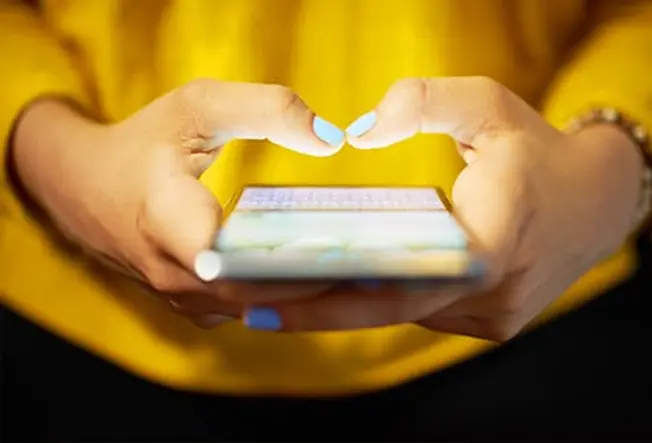
Cellphone
It goes with you everywhere -- even into the bathroom. As a result, it could be up to 10 times dirtier than a toilet seat. In fact, it could have E. coli on it. That’s a bacteria that can give you diarrhea and stomach cramps. It can live for hours on a warm surface like your phone. The solution: Wash your hands with soap after you go.
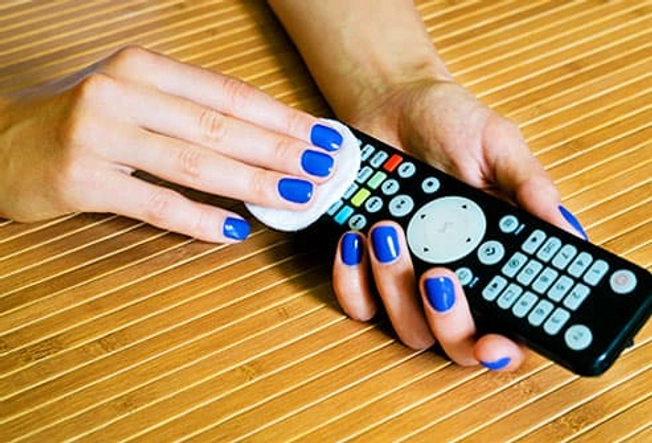
Remote Control
Everyone touches it -- even the neighbor’s kid who picks their nose nonstop. And when it isn’t in your germy hands, it’s either on the floor or stuck between the sofa cushions -- a cozy, dark home for mold and bacteria. Give it a going-over with antibacterial wipes every so often.
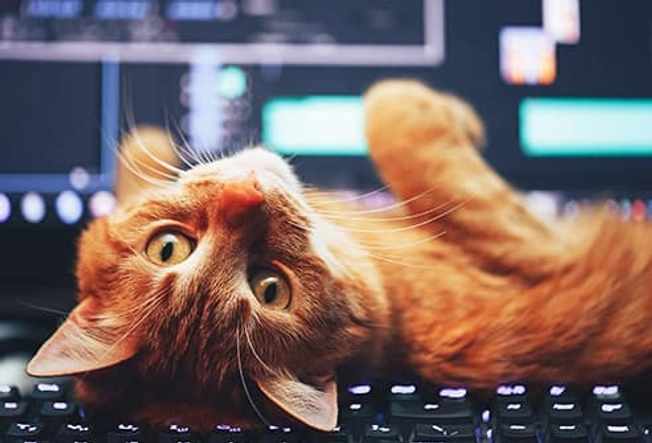
Computer Keyboard
You eat lunch over it at work. The kids log on at home and wipe their runny noses while they play their favorite game. The cat hops up for a nap after they leave the litter box. No surprise it’s covered in germs. To clean things up: Shut down your computer. Give your keyboard a few good shakes to get rid of loose crumbs. Use rubbing alcohol on a cotton ball or pad to clean around each key.
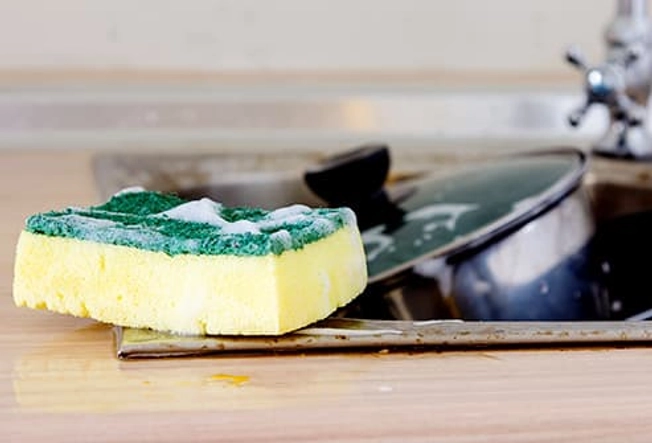
Dish Sponge
Surprise! It’s the dirtiest thing in your house. By a long shot. That makes sense: It’s wet, absorbent, and you rub food and dirt with it all the time. Sponges are hard to keep clean, try as you might. Your best bet? Replace it when it starts to smell.

Toothbrush Holder
How can this be? Your toothpaste kills germs, doesn’t it? Yes, but a lot of them stick to the bristles and drip onto the holder. This spot has one of the highest bacteria readings of anything you touch. Clean it often. One easy way: Remove the gunk, then stick it in the dishwasher.
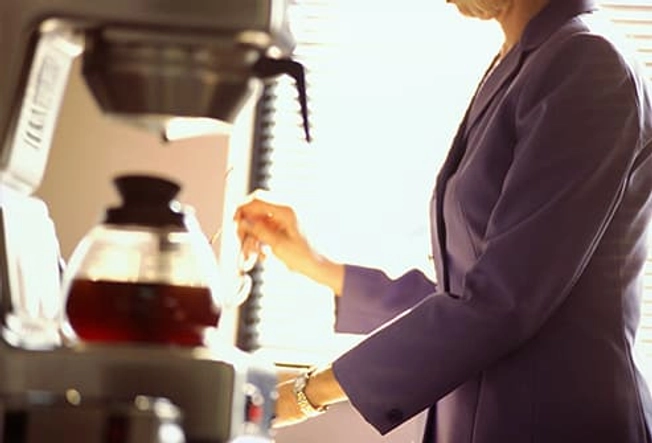
Anything in the Office Breakroom
The microwave and refrigerator doors and the faucet are all covered in bacteria. The vending machine buttons aren’t that clean, either. And the damp, dark reservoir in your coffee maker could be full of yeast and mold. Wash your hands before and after you touch the appliances. Rinse the coffee pot between uses, and run vinegar through it once a month.
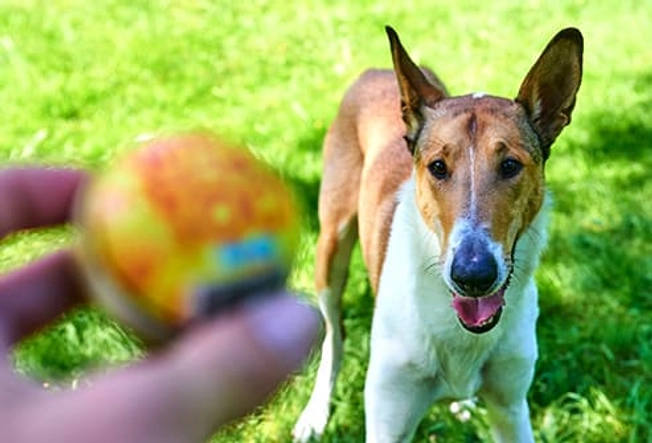
Dog Toys
You’ve probably heard a dog’s mouth is cleaner than a human’s. Doubtful. It isn’t that Fido has fewer germs, they just has different ones. Every time they slobbers on Mr. Squeaky, they don’t just transfer bacteria, they create a sticky wet place for other germs to thrive. There’s no telling what their plaything picks up as they drag it around. Clean rubber toys by hand or in the dishwasher (top shelf only). Toss fabric ones into the wash.
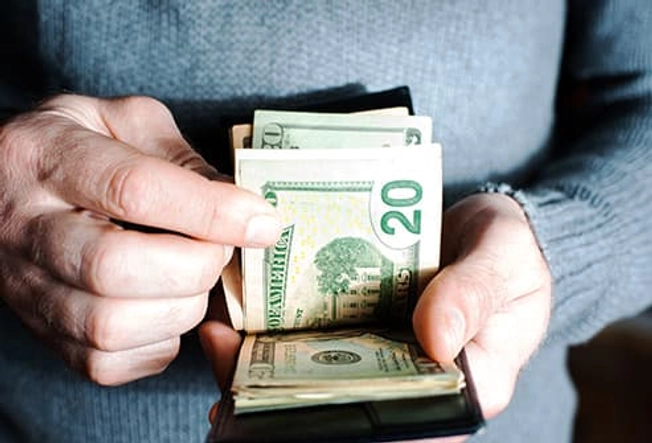
Money
You grab it all the time with your germy hands. So do other people. Researchers found that most dollar bills are covered in 3,000 types of bacteria -- everything from the germs that cause acne to microbes from people who lick their fingers when they count out bills. Some countries are printing money on plastic, but the U.S. has yet to take that step. Until we have a cleaner option, wash up after you handle that cash.
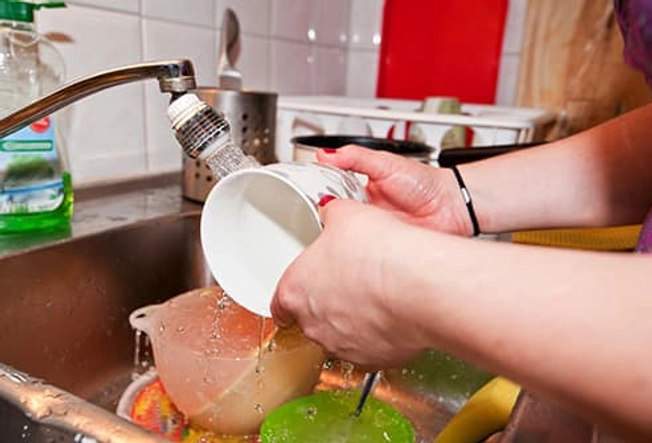
Your Office Coffee Cup
You fill it with coffee made from water that sits in a yeast and mold-filled tank. Then you wash it with a dirty sponge that’s full of bacteria. Take it home every day and run it through the dishwasher. At least use dish soap and paper towels if you clean it at work.
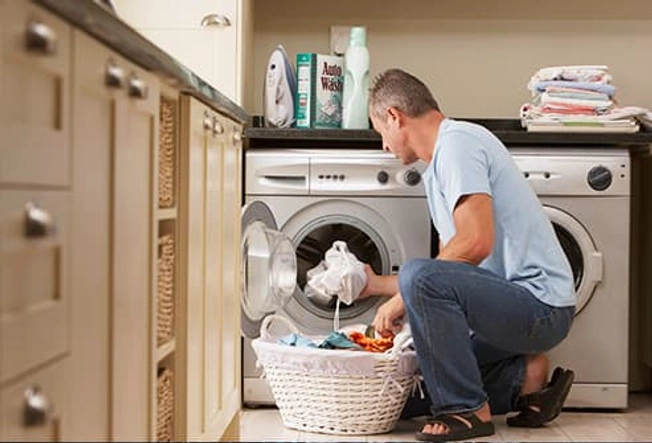
The Laundry
Think a quick spin in the washer and dryer will get things clean? Maybe not. One study found that some nasty viruses, including rotavirus, which causes severe stomach troubles, made it through the spin cycle and the dryer. Wash things like underwear on hot, use bleach when you can, and don’t skimp on the drying time.
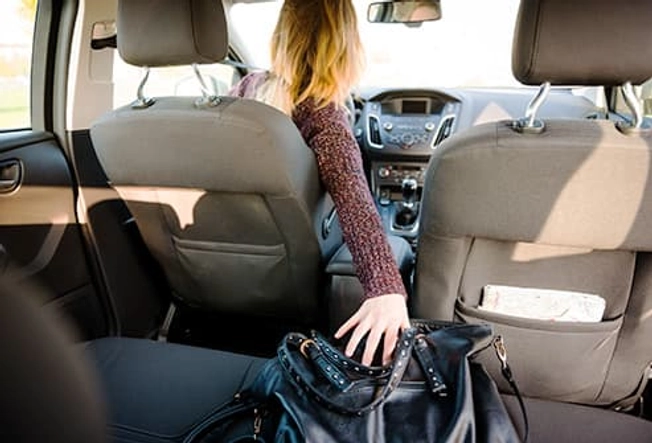
Your Purse
You stick your hands in it all the time. So do your kids. But you rarely clean it. That accounts for the bacteria that live inside it. The places you leave it, like dirty counters, bathroom stalls, and car floorboards, account for icky travelers on the outside. Hang it on a hook when you can, and clean it with antibacterial wipes. Think about the outside, too -- pebbly or uneven surfaces can make better homes for bugs than smooth ones.
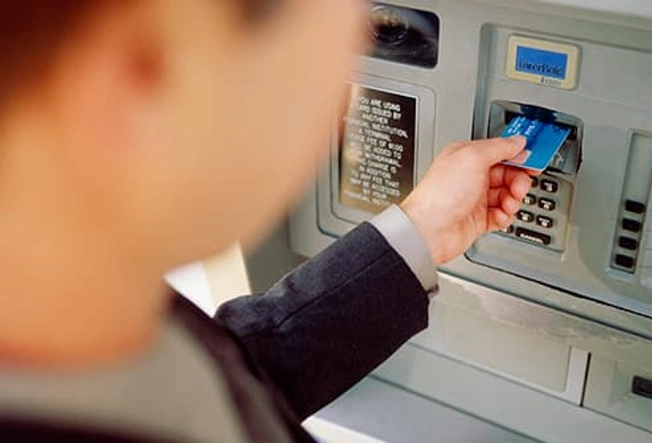
The ATM
People from anywhere and everywhere touch buttons on the cash machine. Scientists in New York City found microbes left behind from food like fish and chicken, bacteria from rotting plant and dairy products, and mold linked to spoiled baked goods. There wasn’t a difference between indoor or outdoor machines, but the ones in laundromats and stores were the dirtiest.
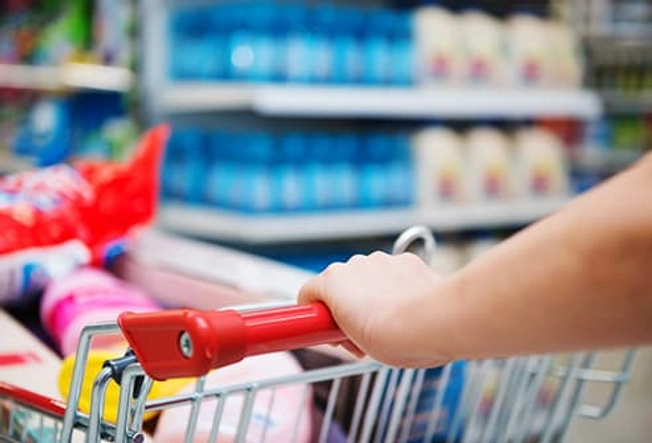
Shopping Carts
You fill it with meat and then grab the handle. You sit your little one in it, and they fill their diaper. Birds poop on it while it’s out in the parking lot. That’s why cart handles and seats are often home to E. coli, campylobacter, and salmonella, all of which cause diarrhea. If your store provides wipes near the cart corral, use them.
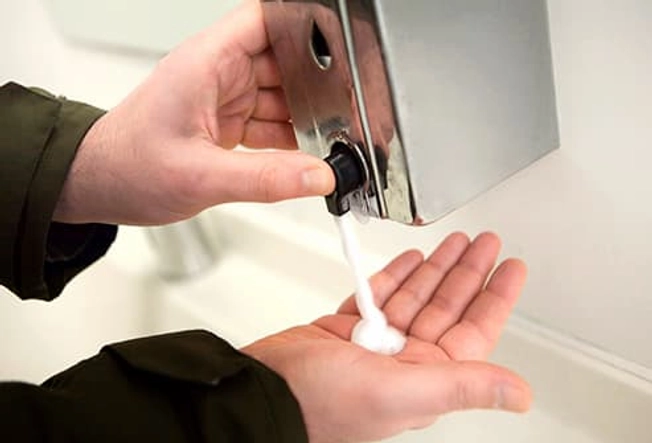
Soap Dispensers
Your hands aren’t exactly clean when you give that soap dispenser a nudge, but that isn’t always the reason it’s full of bacteria. The soap inside the gadget can get contaminated if it’s refilled before it’s completely empty. If you wash with it, you’ll transfer the germs to anything you touch afterward. Wash thoroughly and use paper towels to dry -- jet air dryers can spread germs, too.
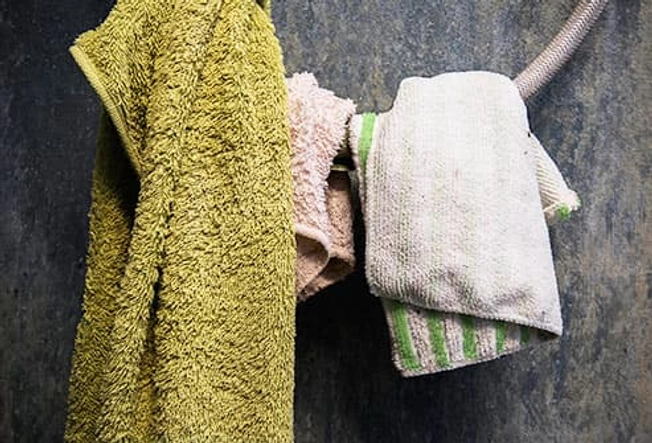
Kitchen Towel
You don’t just dry your dishes and hands with it. You use it to clean off grimy little hands and faces or wipe up spills on dirty counters. The result: Your dish towel can be home to nasty things like salmonella or fecal bacteria. Good news: The more often you wash your towels, the fewer critters call them home. Soak them for 2 minutes in bleach first.
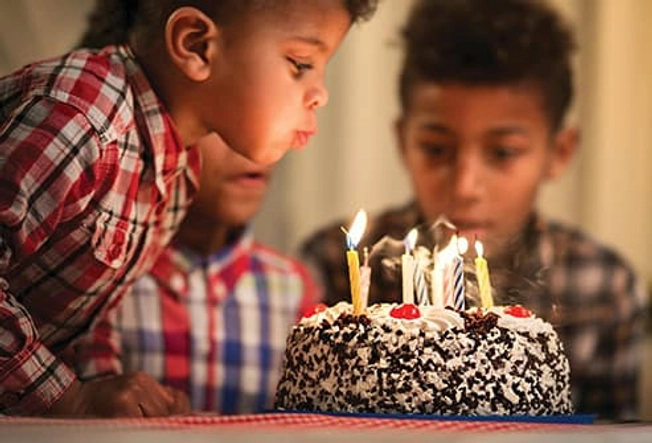
Birthday Cake
Blowing out the candles is fun, but keep it to a solo activity. Everyone who blows on the cake sends out germs. One study shows it ramped up the number of bacteria on the cake’s surface by 1,400%.